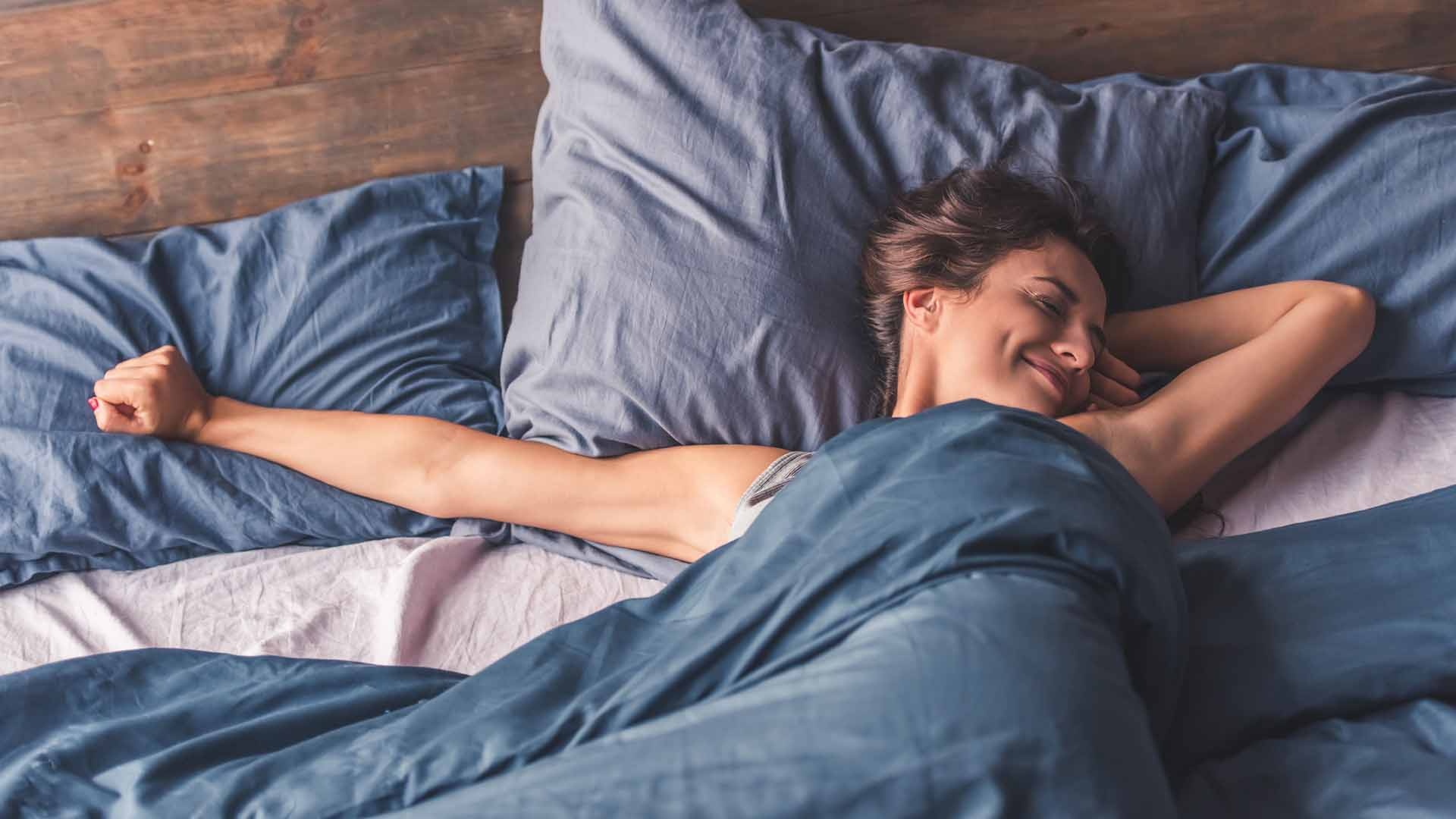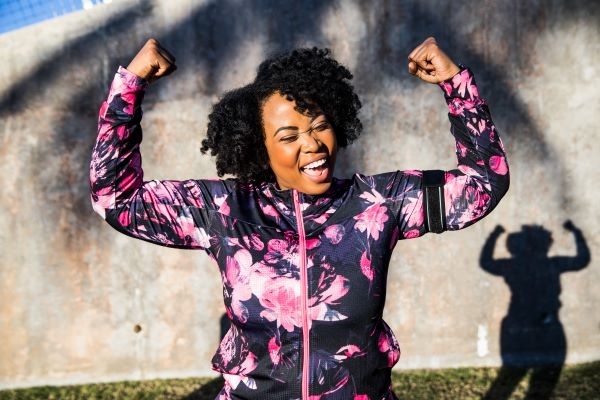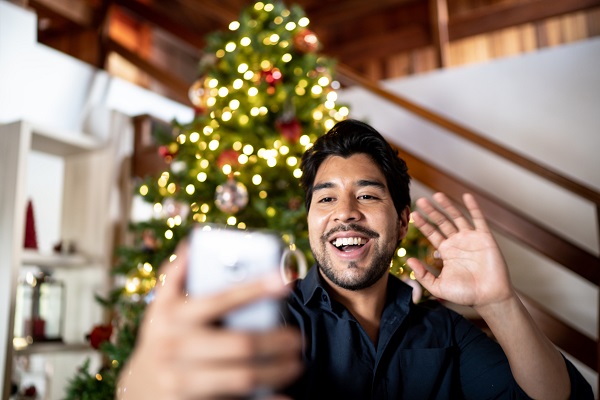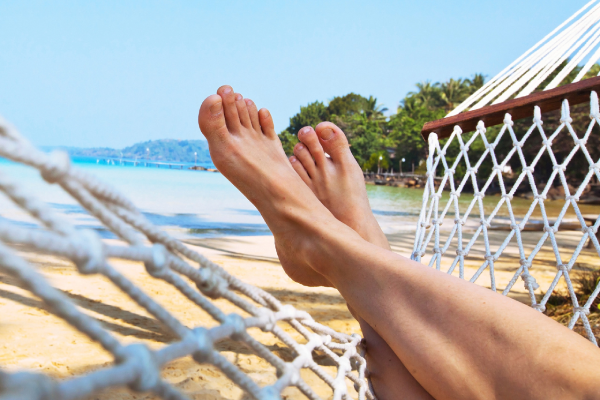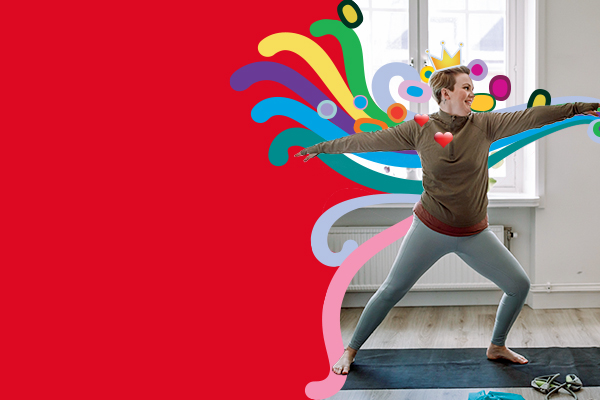-
The flowing practice of Wayapa is both new and over 80,000 years in the making. Based on traditional Aboriginal knowledge and concepts, the practice blends meditation and movement in a sequence of exercises similar to yoga or tai chi.
Participants are encouraged to breathe deeply and feel a connection to the earth as they move through a series of 14 exercises based on elements such as the sun, the wind and the rain.
Designed to nourish the mind, body and spirit, Wayapa was created by Jamie Thomas, whose work in the community has established him as a cultural teacher for his Peek Whurrung (Gunditjmara) and Gunnai people.
“Wayapa shares and teaches an Indigenous way of thinking that kept Aboriginal people healthy and well for over 80,000 years,” he says. “It has been developed for a modern day context that focuses on healing the earth as the starting point for healing ourselves.”
It’s also the only known Aboriginal wellness practice that has been certified globally as a modality by the International Institute for Complementary Therapists.
We had a chat with Jamie and his partner Sara Jones about the practice of Wayapa and how connecting with the earth can enrich our lives.
“Wayapa shares and teaches an Indigenous way of thinking that kept Aboriginal people healthy and well for over 80,000 years.”
Where did the idea for Wayapa come from, and how did it develop?
Jamie developed the concept for Wayapa 20 years ago when he started culturally mentoring Aboriginal boys in Warrnambool, Victoria. Once a week after work, Jamie would spend an hour picking up kids to get them all together to teach them traditional Victorian Aboriginal dance.
The boys would be so hyped up to see each other that they wouldn't listen to his teachings, so Jamie came up with a way to calm them down by connecting them into Country and the ceremony of dancing with visualisation and movements. This was the beginning of Wayapa.
In 2013, Jamie shared the concept with his business and life partner, Sara Jones, and together they developed it into a structured wellness modality that met the requirements of the IICT to be certified.
What's involved in a session of Wayapa?
“Wayapa” is a Peek Whurrung word for "connect". Learning how to connect to earth, self and spirit is exactly what is involved in a Wayapa session.
The practice of Wayapa combines earth mindfulness and narrative meditation and movement in a series of 14 elements that teach the importance of connecting into the earth and nature for holistic wellness.
Wayapa is about teaching a lifestyle based on respecting and looking after the earth, like Aboriginal people did over 80,000 years prior to invasion.
How can connecting with the earth enrich our wellbeing?
Aboriginal people are the world's oldest living culture. They have traditionally lived in harmony with nature – they didn't live above or below it, they knew how to live well with the very thing that sustained them. They knew that if they looked after Mother Earth, it would look after them.
Over time, most of the world has lost this concept and connection, so we live disconnected to the healing energy and teachings of nature. Instead, we’ve replaced it with busyness, multi-tasking, iPhones and iPads.
Nature provides an abundance of gifts to every single person on the planet every single day to keep us well, but most of us are completely oblivious to them. Wayapa teaches earth mindfulness to appreciate these gifts as well as to learn how to give back.
"The practice of Wayapa combines earth mindfulness and narrative meditation and movement. It's about connecting with nature for holistic wellness."
What are some other benefits of Wayapa?
As a 25 minute practice that can be done either as a gentle or robust exercise, and/or as a narrative meditation, Wayapa has mind, body and spirit benefits.
The planet benefits by creating earth warriors who take on the responsibility of being Stewards of the Earth and spreading the message of sustainability and resourcefulness.
Another benefit is immersing people in Indigenous culture in a way that has never been done before. Most non-Indigenous Australians would never have thought about all the knowledge Indigenous people have in knowing how to live life well for the 80,000 years prior to invasion.
Who is Wayapa suitable for?
Anyone. We have taught Wayapa to four-year-old kids at childcare centres and kindies, and we’ve taught it to 85-year-olds. We teach Wayapa to Indigenous people to help them reconnect when not on Country, or those who are needing a practical and holistic tool to help them deal with intergenerational trauma. We share Wayapa with corporate or community organisations or government departments who want to help their staff with stress management as well as for them to learn about Aboriginal culture in a new, innovative way.
Wayapa is really for anyone who is feeling disconnected and overwhelmed with the busyness of life, who wants to slow down and be connected into the healing energy of nature. There are absolutely no requirements for people to share in Wayapa.
Where can people try it out?
We've just finished running a six-week course at the Koorie Heritage Trust at Federation Square in Melbourne for individuals, and we'll be starting another one in August, from Thursday August 11th to Thursday September 15th from 5.30pm to 6.30pm (bookings essential via info@wayapawuurrk.com).
We can also deliver a variety of workshops for corporate organisations interested in sharing Wayapa with their staff. Workshops are also available for schools, community organisations, etc.
We're also in the process of developing a digital course that can be accessed online, and we'll start training Wayapa Instructors by the end of the year.
Find out more at wayapawuurrk.com
Wayapa: Mindfulness and movement
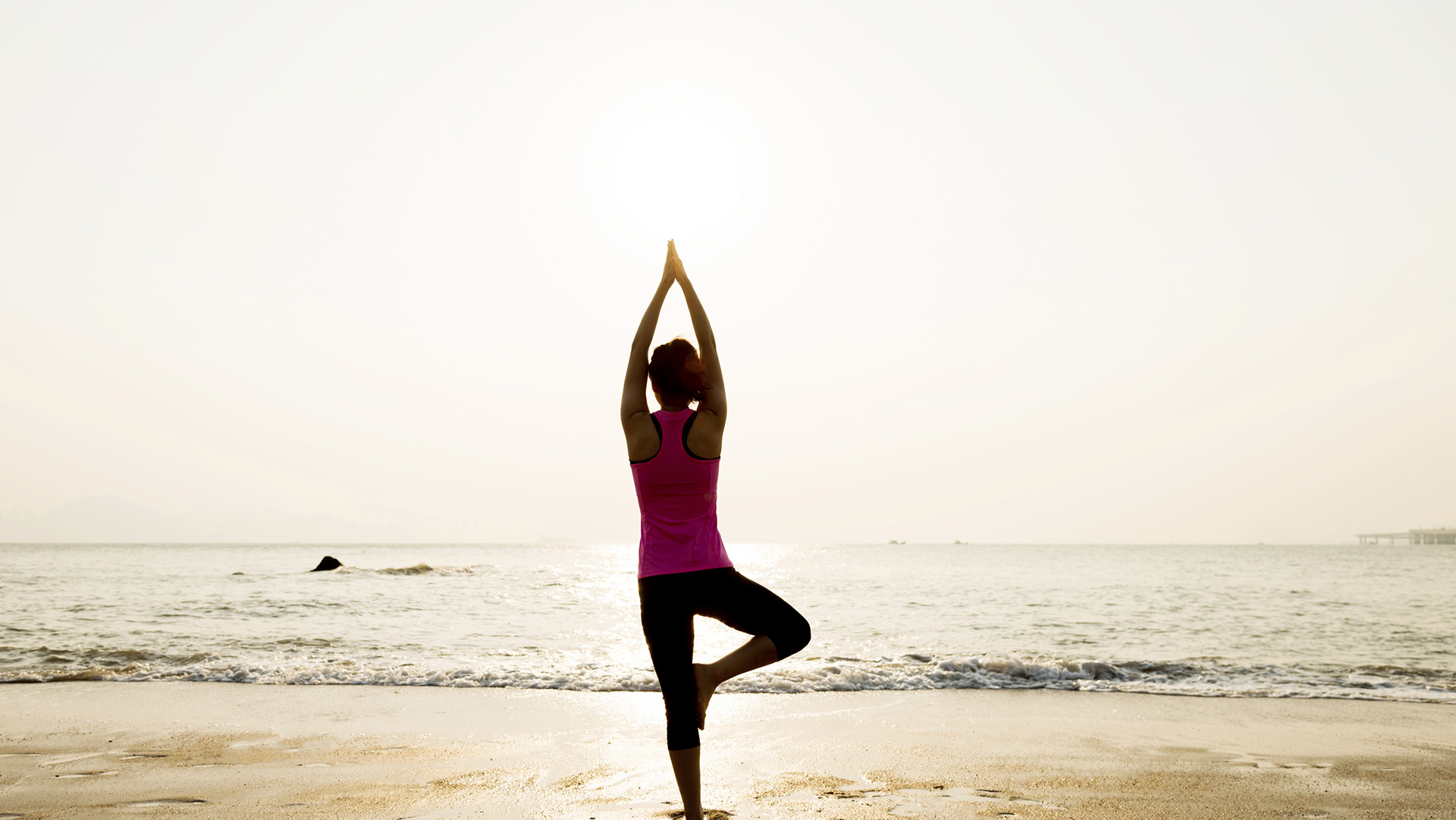
-
How to set up your bedroom for better sleep
The sleep experts share some secrets.
-
5 healthy habits (and how to keep them)
New Year's resolutions are easy to make and hard to keep. Discover how to make healthy habits for 2024.
-
How to feel more connected this festive season
Feeling stressed or lonely this festive season?
-
Life’s a beach
If you want to take it easy at the beach, start by making the trip easier on yourself. Cameron Williams reveals the discoveries that made his time at the beach more enjoyable.
-
Learn how small bursts of movement can have a positive impact on employee wellbeing
-
How to do a digital detox
Reduce screen time with a digital detox, and improve your mental health and wellbeing.
Subscribe to receive the best from Live Better every week. Healthy recipes, exercise tips and activities, offers and promotions – everything to help you eat, move and feel better.
By clicking sign up I understand and agree to Medibank's privacy policy

